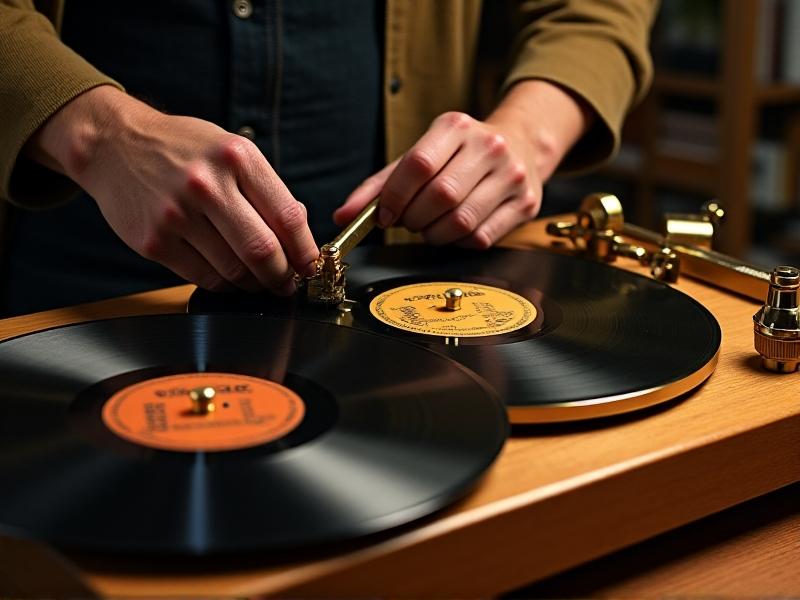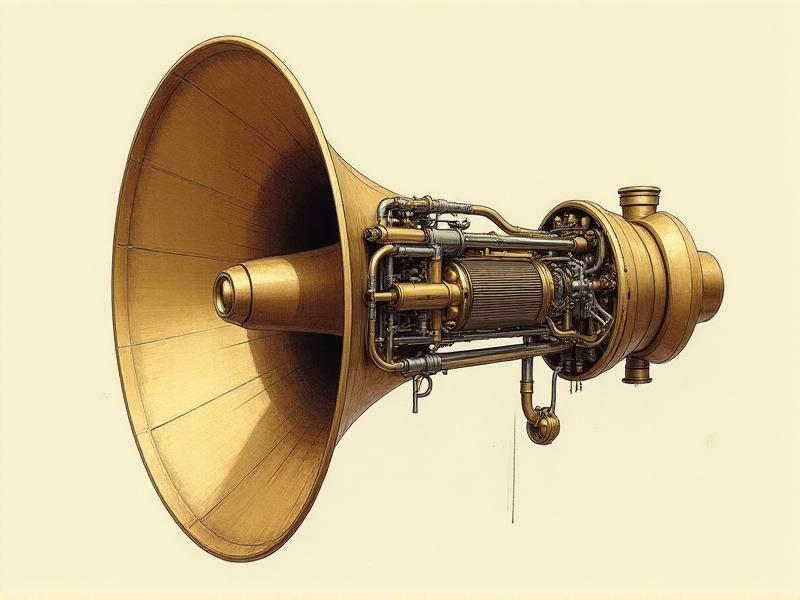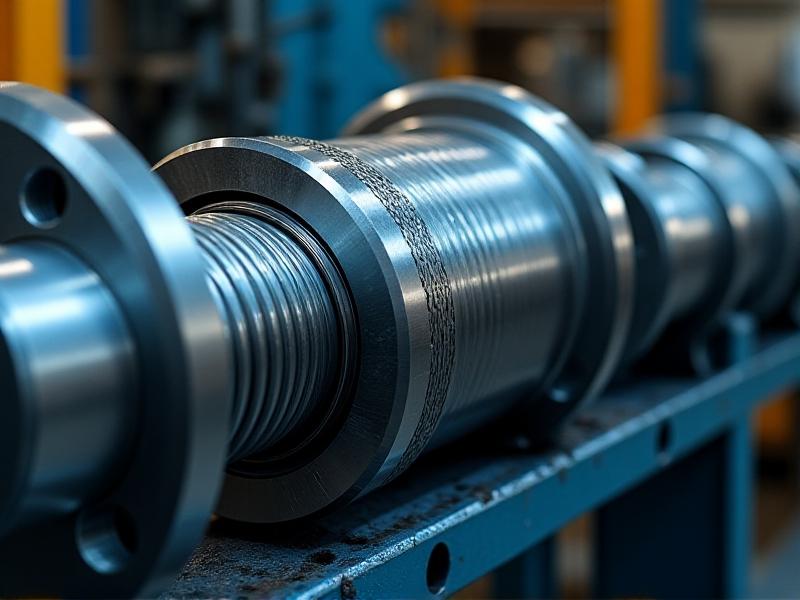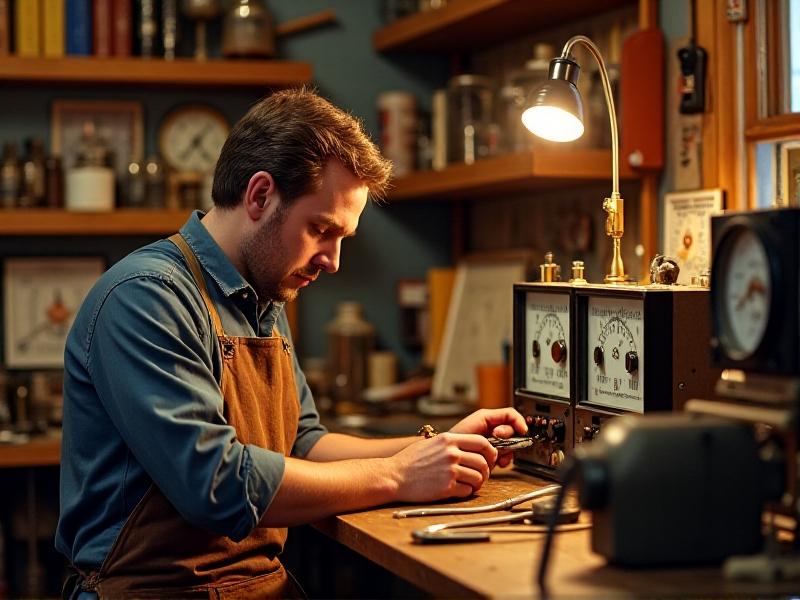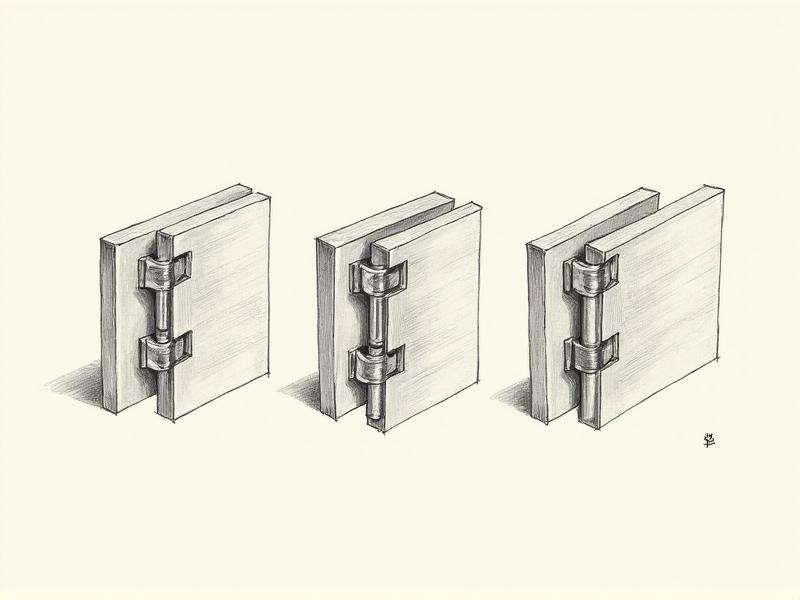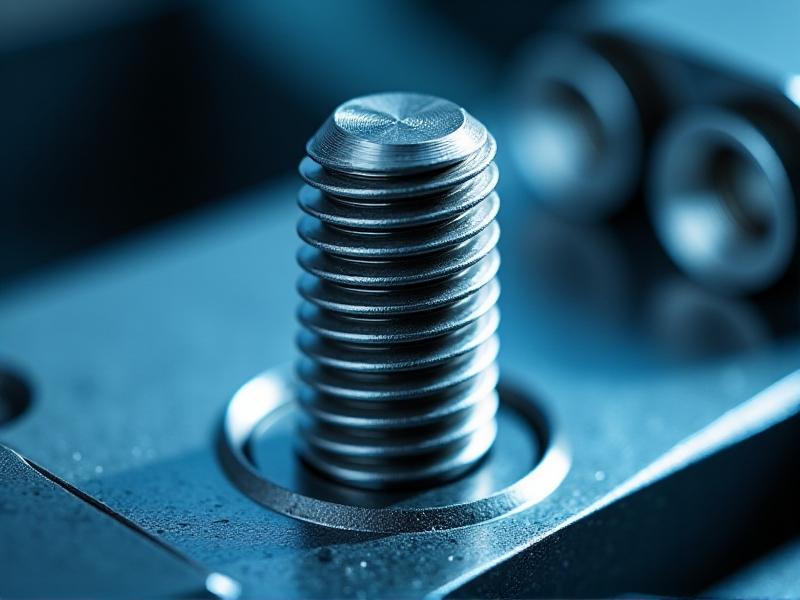Cassette Door Spring Tension Settings
The Role of Spring Tension in Cassette Player Functionality
Cassette door spring tension is a critical yet often overlooked aspect of tape player mechanics. The spring ensures the door closes securely, protecting the tape from dust, misalignment, or accidental ejection. Too much tension can make the door difficult to open, straining the mechanism, while insufficient tension may cause the door to pop open during playback. Proper calibration maintains consistent contact between the tape and playback head, ensuring clear audio and preventing warping or damage to the cassette itself. This balance is vital for preserving both the player and your tape collection.
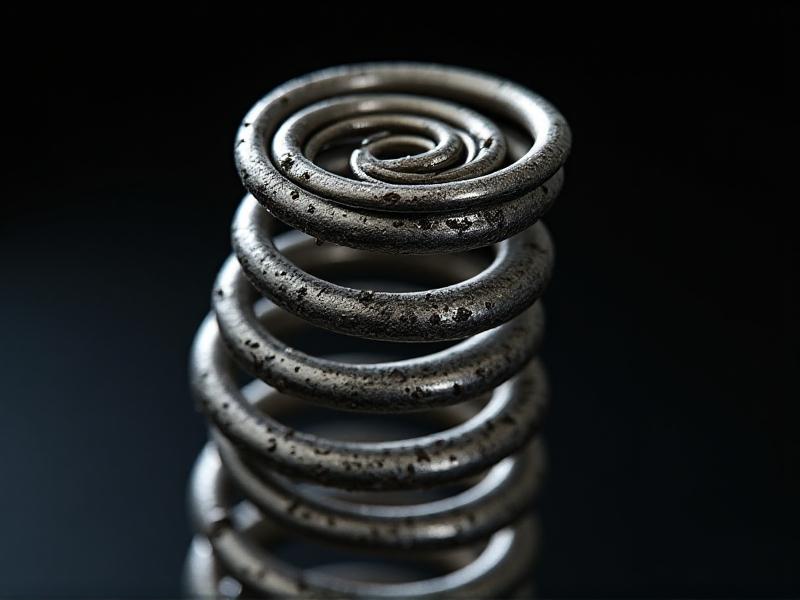
Anatomy of a Cassette Door: Components and Mechanics
A cassette door comprises the door panel, hinges, latch, and spring. The spring, typically a small coiled metal piece, connects the door to the player’s chassis. When the eject button is pressed, the spring compresses, releasing the latch and allowing the door to open. Upon closing, the spring’s tension pulls the latch back into place. Over time, hinges may accumulate debris, and springs can lose elasticity, leading to malfunctions. Understanding these components helps diagnose issues like sluggish movement or incomplete closure.
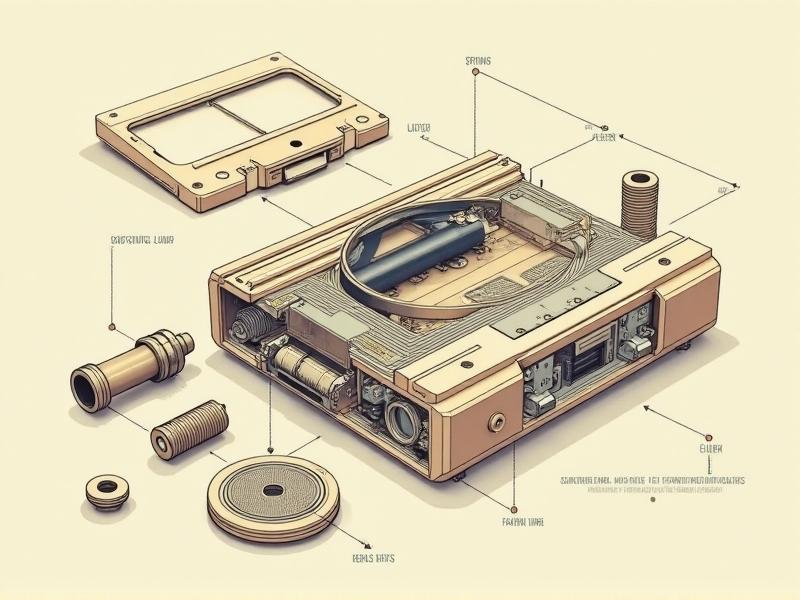
How to Adjust Cassette Door Spring Tension: A Step-by-Step Guide
Adjusting spring tension requires precision. Begin by opening the player’s casing using a Phillips screwdriver. Locate the spring attached to the door hinge. To increase tension, gently stretch the spring using needle-nose pliers. To reduce it, carefully compress the coils. Test the door’s movement after each adjustment, ensuring smooth operation. Avoid over-manipulation, as metal fatigue can weaken the spring. If the spring is corroded or broken, replacement is advised.

Common Issues Caused by Improper Spring Tension
Incorrect tension leads to recurring problems. A loose spring might cause the door to sag or fail to latch, exposing the tape to contaminants. Excessive tension can warp hinges or crack the door panel. Additionally, uneven tension may result in misaligned tape-head contact, causing audio dropouts or speed inconsistencies. Recognizing these symptoms early—such as resistance when pressing the eject button or erratic playback—can prevent irreversible damage.
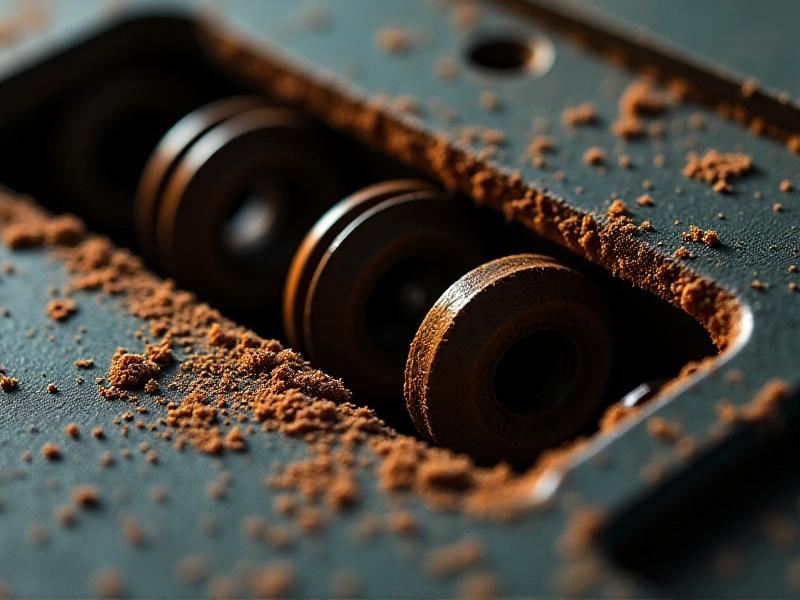
DIY Fixes vs. Professional Repairs: When to Seek Help
Minor adjustments, like cleaning hinges or slight tension tweaks, are manageable at home. However, if the spring is snapped or the latch mechanism is damaged, professional tools and replacement parts may be necessary. Attempting complex repairs without expertise can worsen the issue. Vintage players, in particular, often require specialized knowledge to avoid damaging rare components. Weigh the cost of repair against the player’s sentimental or monetary value before deciding.
Maintaining Optimal Spring Tension for Longevity
Regular maintenance extends a cassette player’s lifespan. Clean the door hinges and spring annually using isopropyl alcohol and a soft brush. Apply a silicone-based lubricant to hinges to reduce friction. Periodically test the door’s tension by opening and closing it, listening for smooth motion. Store players in a dry environment to prevent spring corrosion. These practices preserve functionality and ensure reliable performance for years.
